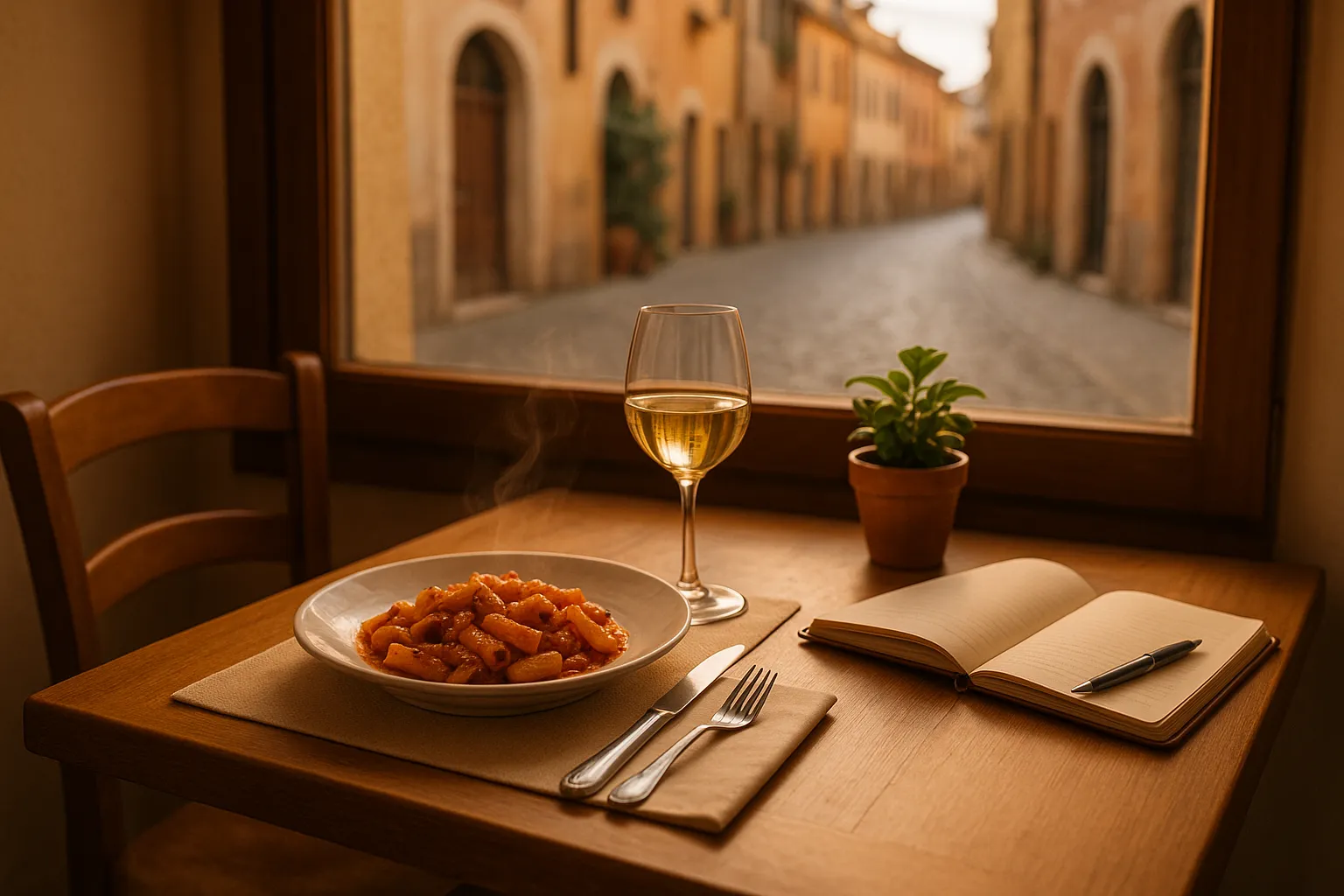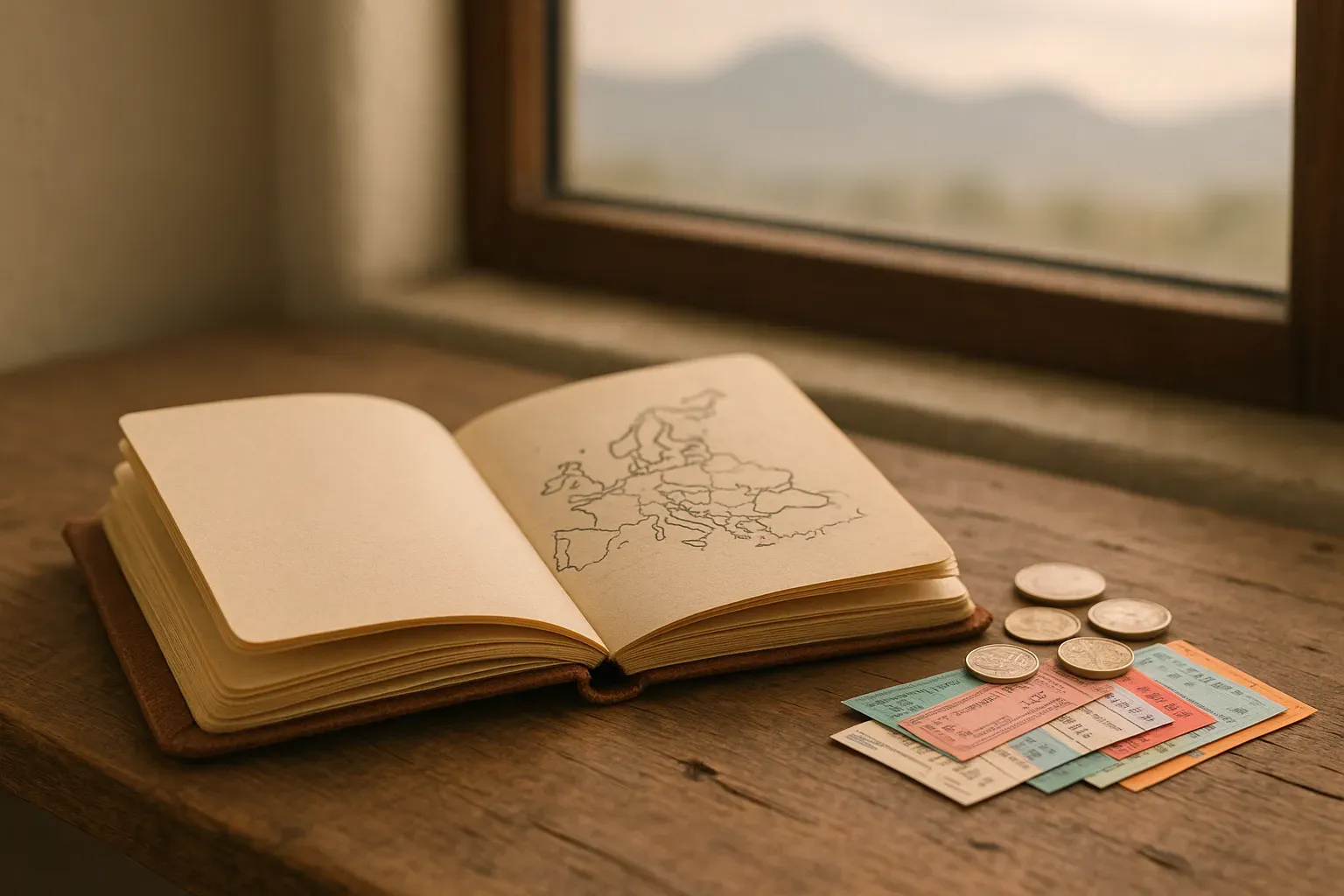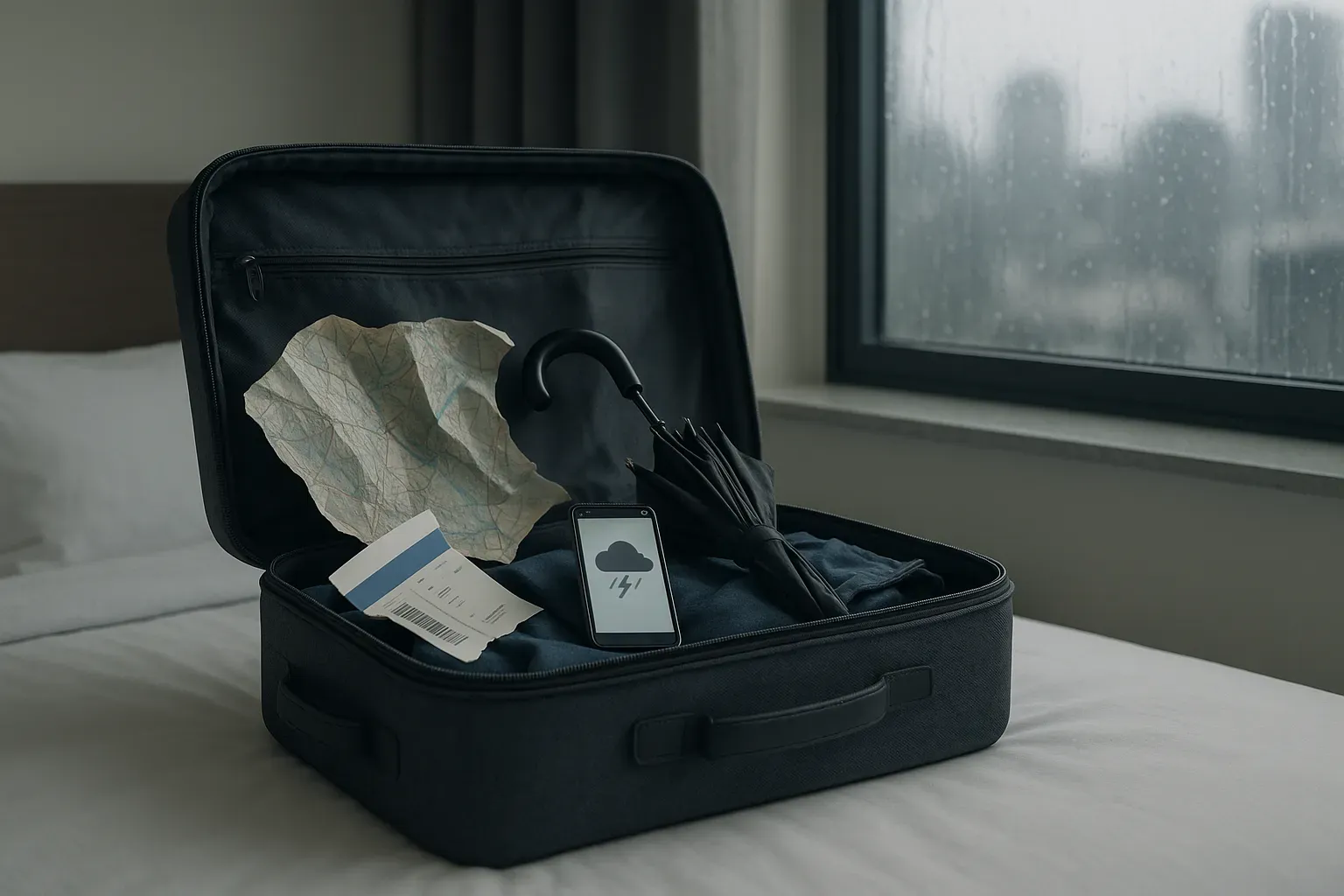How to Enjoy Dining Alone While Solo Traveling
Dining alone while traveling solo can be a rewarding experience with the right mindset and approach, according to seasoned travelers and culinary experts. From choosing strategic seating to engaging with the local culture through food, simple adjustments can transform solitary meals from awkward to enjoyable. These practical strategies offer travelers the confidence to embrace solo dining as an essential part of the journey rather than an uncomfortable necessity.
- Share a Smile to Transform Your Experience
- Sit at Chef Counters for Natural Conversation
- Choose Bar Seating During Off-Peak Hours
- Focus on Sensory Elements, Not Others
- Bring Something to Keep You Engaged
- Start Small and Build Dining Confidence
- Research, Ask Questions, Take Notes
- Treat Solo Meals as Cultural Explorations
Share a Smile to Transform Your Experience
I’ve travelled solo to over 30 countries, and I’ve lived in 6 of those where I moved on my own. I used to be afraid of eating alone through embarrassment and nervousness. Alone or not, servers and wait staff have always been amazing. I noticed though, that for the days I feel introverted, eating at a table by myself people often leave me alone. However, having the courage to simply share a smile with a stranger or a table across from me, I have been invited to join in on more than one occasion. I actually made one of my closest friends one of those times when she was concerned I had been stood up. Once I explained I was just craving a particular food and didn’t feel the need to miss out because I didn’t have company, she and her friends appreciated my confidence and have since felt comfortable to dine alone from time to time too! A smile can change a whole experience. Worst case scenario you only eat your food. Best case scenario, you eat your food AND meet some new friends.

Sit at Chef Counters for Natural Conversation
My best advice for solo travelers nervous about dining alone is to sit at chef’s counters or spots with open kitchens—it’s the easiest doorway into natural conversation. When I was filming for MasterChef Canada, I noticed how often strangers at the counter bonded by asking the chefs about techniques or ingredients. That kind of shared curiosity breaks the silence better than any small talk. Our clients don’t care about the fancy details; they just want a way to make the experience feel less isolating because awkwardness disappears when curiosity takes over. If you treat solo dining as a mini adventure in connection rather than an act of isolation, you’ll end up leaving with both a meal and a memory worth savoring.

Choose Bar Seating During Off-Peak Hours
I give travellers one bit of advice when they tell me they dread the “table for one” moment:
“Head in during the lull and grab a seat at the bar.”
A bar stool during off-peak hours (think 5 pm drinks or a late-lunch window) beats a corner table every time because it just feels casual. The bartender is right there for a chat and you’re naturally part of the room’s flow rather than marooned at a whole table on your own and feeling like you’re on display.

Focus on Sensory Elements, Not Others
Reframing solo dining completely changed my travel experiences. When you’re nervous about eating alone, shift your mindset, view it as an opportunity to be present with yourself rather than worrying about others watching you. I’ve found focusing on sensory elements works wonders: savor each flavor in your meal, notice your breathing, and absorb the restaurant’s unique atmosphere. This simple perspective shift transforms what many find uncomfortable into something genuinely grounding. The best part? You’ll likely walk away feeling more centered and self-assured than when you sat down. Solo dining isn’t something to endure; it’s an experience to embrace.

Bring Something to Keep You Engaged
I used to feel really nervous about dining alone. In my younger days, I never went out to eat by myself — it always felt uncomfortable. But over time, I realized that you can’t always wait for someone to accompany you everywhere. If you do, you’ll miss out on a lot of simple joys.
So I decided to face it. Whenever I went out to eat alone, I started taking something with me — a book, my phone, or some work. Reading, scrolling, or jotting down ideas kept me engaged and helped me stop worrying about who might be watching. Slowly, I began to actually enjoy those moments.
My advice to anyone nervous about dining alone is simple: take a companion that keeps your mind busy. It could be a book, your phone, or even your thoughts. Once you focus on yourself instead of the surroundings, that nervous feeling fades away — and you might just start loving your own company.

Start Small and Build Dining Confidence
I’ll put it this way: starting small made solo dining much easier for me. When I first moved abroad, I began with casual street-side cafes where the pace was relaxed, and I could people-watch without feeling self-conscious. That built up confidence by the time I sat alone at a formal restaurant, where I brought along a book to ease into the quiet moments. My suggestion is to view these meals not as lonely, but as tiny opportunities to practice independence—it changes the whole experience.
Research, Ask Questions, Take Notes
I like to approach dining alone the same way I design a lesson plan: prepare a little, stay open to surprises, and reflect after. Researching the restaurant’s specialties beforehand gives me a focus, and I’ve noticed that asking the staff for suggestions usually clears up the awkward pause of ordering alone. My best meals ended with me jotting quick notes about flavors or customs, which turned solo dining into a cultural learning practice rather than a lonely task.

Treat Solo Meals as Cultural Explorations
One great way to ease the nerves of dining alone is to treat it like a cultural experience rather than a social one. When you shift your focus from “I’m alone” to “I’m exploring,” the whole experience changes. Ask the server for their favorite local dish, pay attention to how locals order, and really savor the food and atmosphere.
Solo dining becomes less about having company and more about being present in a new place—noticing details you’d miss in conversation. You’ll often leave with a deeper appreciation for the destination, and sometimes, those small moments of observation lead to spontaneous conversations with locals or fellow travelers who share your curiosity.









































